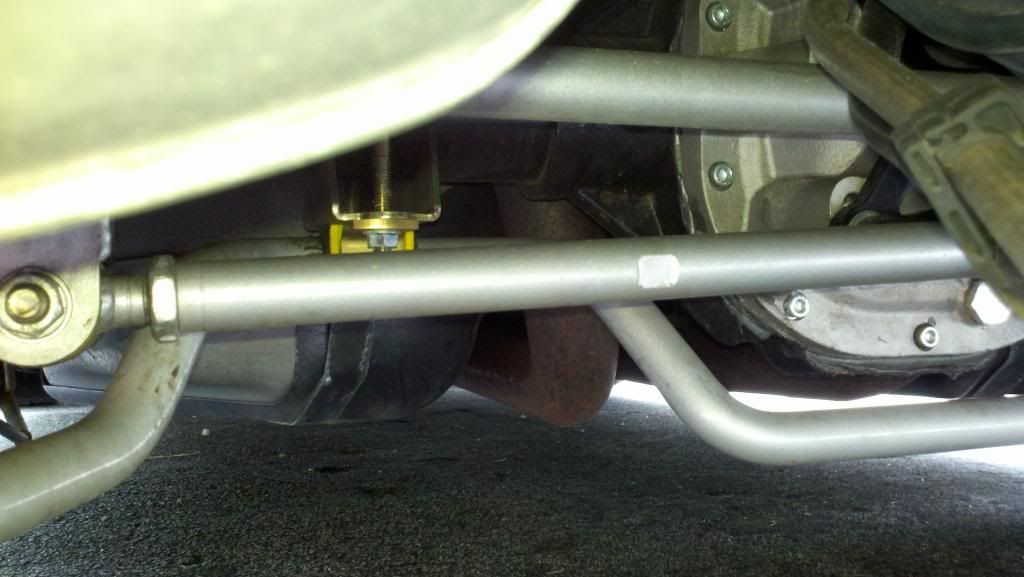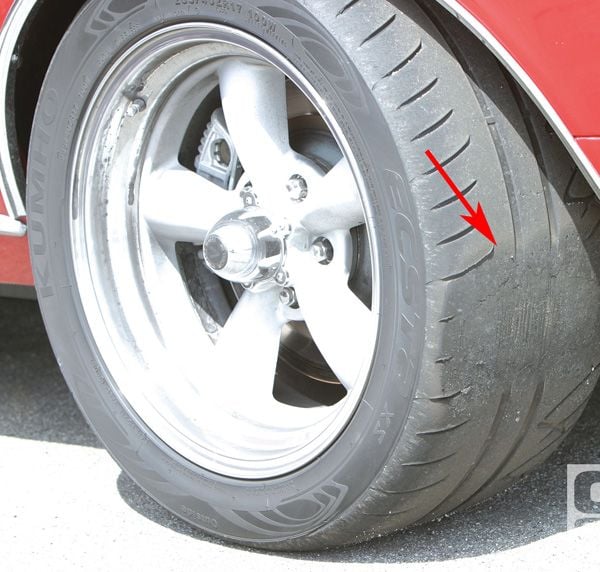Ford Mustang V6 and GT 2005-2014: Suspension Performance Diagnostic Guide
Upgrading the suspension on your ride is supposed to improve its handling, not cause problems. So instead of scratching your head at the root of these issues, why not figure out the problem yourself.
This article applies to the Ford Mustang V6 and GT (2005-2014).
Anyone that is interested in having a top notch sports car understands the value of a solid suspension setup. However, even with all the best upgrades in the world, problems can arise. As with all things, when some parts of the vehicles are fixed, other parts become strained, resulting in random vibrations, wheels hop, and all-around poorer handling. The following article should be used as a guide to help determine what may be causing your car to handle poorly after the installation of a new suspension component.

Materials Needed
- Jack
- Jack stands
- Flashlight
Step 1 – Check replacement suspension components
The new parts may be the wrong size.
I know what you are thinking, it can not be this simple. However, there are numerous cases of people purchasing parts with fitment issues. Some older setups may even be outdated, resulting in short brackets and causing larger issues down the road. So, if you know the installation was correct, inspect the parts themselves and check to see if they are correct. The easiest way to do this is to find someone on this forum with the same setup and ask for pictures, then compare those pictures with what's on your ride. Alternatively, if you can find part numbers stamped on any replacement components, you can cross-reference them with vendors who sell those parts.

Pro Tip
If this does turn out being the problem, be sure to contact the part manufacturers right away and request a replacement.
Step 2 – Check your tires
Beware of flat spots.
I can't tell you how many people overlook the potential of their tires being a problem. Whether it's an unbalanced wheel or a few flat spots, never forget to inspect them. First thing to look at is the tread depth. Take either a penny or depth gauge to see whether or not each tire has the minimum tread requirement. Also, be weary of flat spots or uneven tire wear. If any exists on the tire, the car will vibrate while it is being driven. The last thing you can check is the wheel balance. Wheel balancing has to be done at a tire shop, but the process is relatively cheap.

Pro Tip
Wheel rotating and balancing is a commonly offered service at tire shops, so if your wheels are new, be sure to check the warranty. You could easily hand this complete tire inspection to a professional for with no extra cost to you.
Step 3 – Check the hardware
Something may be binding.
Another common mistake people make when installing new suspension components is doing so while the vehicle is supported by jack stands. This does not allow the full weight of the car to press each part of the suspension system down, resulting in some of the rubber components binding against each other. When the bushings are binding against each other, the wear down faster and can cause the vehicle to sit.
- Raise the vehicle.
- Loosen the newly install parts.
- Lower the vehicle.
- Tighten the parts with the vehicle on the ground.
- Check to see if it is experiencing any problems.

Step 4 – Check the installation
Something may be installed incorrectly.
We all make mistakes, so don't be surprised if something was accidentally installed the wrong way. This sometimes happens if spring coils are installed upside down, resulting in a rough or uneven ride. Compare your setup with others and make sure everything is connected as it should be.

Related Discussions
- Whiteline Rear Suspension Problems - MustangForums.com
- Uneven Suspension Problem - MustangForums.com
- Bouncy Ride?- MustangForums.com






